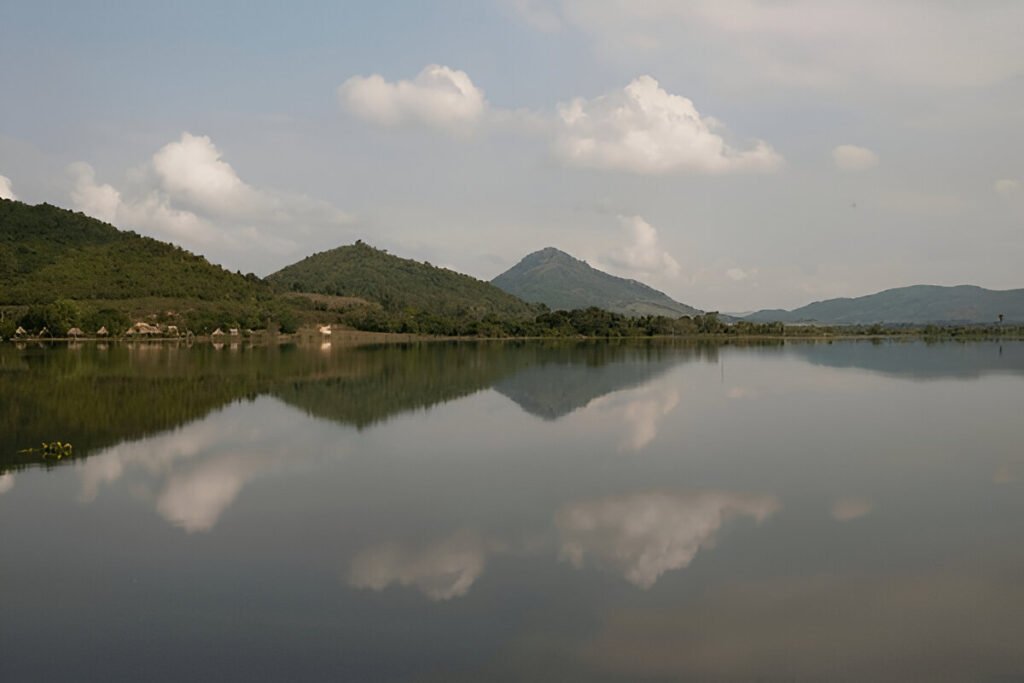Introduction:
Nestled in the heart of Japan, in the Mie Prefecture, lies the most sacred shrine of the Shinto religion, the Ise Grand Shrine. This extraordinary site is one that should be on every traveler’s itinerary when visiting the ‘Land of the Rising Sun’. Not only does it offer a rich cultural experience, but it also provides a glimpse into the country’s deep-rooted history and traditions.
Dive into the History of Ise Grand Shrine: A Journey Back in Time
The Ise Grand Shrine, also known as ‘Ise Jingu’, dates back over 2000 years and is dedicated to the sun goddess Amaterasu, a central figure in Shinto belief. The shrine consists of 125 sub-shrines, with the main ones being Naikū and Gekū. The unique feature of this shrine is its Shikinen Sengu tradition, where the shrine gets rebuilt every 20 years, signifying the Shinto concept of impermanence and renewal.
The Naikū, also known as the ‘Inner Shrine’, is where the sacred mirror, one of the imperial regalia of Japan, is said to be housed. The Gekū or the ‘Outer Shrine’, dedicated to Toyouke Ōmikami, the goddess of agriculture and industry, is equally captivating with its serene and spiritual ambiance. The magnificent architecture, the tranquil Uji Bridge leading to the shrines, and the surrounding pristine forest, all contribute to creating a mystical, timeless atmosphere.
Unveiling the Mysteries of Japan’s Most Sacred Shinto Shrine
Much of the Ise Grand Shrine’s charm lies in its beautifully preserved traditions and customs. The shrine priests and priestesses, known as kannushi and miko, respectively, perform daily rituals that have remained unchanged for centuries. Visitors can witness the morning and evening offerings to the deities and experience the calming chants, which is truly a spiritual and mesmerizing experience.
Another mystery that captivates visitors is that while the shrine’s buildings can be seen from certain viewpoints, their interiors and the sacred objects they contain are hidden from public view. This is to maintain the purity of the shrine and its deities. However, the tantalizing glimpses of the shrine’s architectural beauty, combined with the overall aura of tranquility and spirituality, make the visit an unforgettable experience.
Description of the Attraction:
The Ise Grand Shrine is an epitome of tranquility and spirituality. Surrounded by lush greenery and ancient cedar trees, the four-pillared shrine style architecture stands majestically, showcasing the simple yet timeless Japanese aesthetics. The smooth, unpainted cypress wood of the shrines and the white stones paving the pathways add to the serene ambience.
Visitors can experience the profound spiritual atmosphere as they cross the beautiful Uji Bridge, cleanse themselves at the Temizusha water pavilion, and make their way to the main shrines. The surrounding forest resonates with the melodies of nature, offering a space for quiet reflection and meditation.
Things to Do:
Guests can participate in various activities such as Shinto prayer rituals, witness the daily offerings to the deities, and enjoy serene walks around the shrine premises. The shrine complex also hosts many festivals throughout the year, offering visitors a chance to immerse themselves in local culture and traditions.
A must-see is the Kaguraden, a sacred dance and music hall. Here, visitors can learn about the traditional Shinto performing arts and even watch some performances. Don’t miss the opportunity to stroll along the serene Isuzu River or explore the quaint and charming Okage Yokocho, a street replicating the Edo and Meiji era townscapes lined with shops selling local specialties.
Local Tips:
The best time to visit the Ise Grand Shrine is during the quieter weekdays to fully experience the tranquility of the place. Remember to follow the Shinto purification ritual by washing your hands and mouth at the Temizusha before entering the shrine. Comfortable walking shoes are recommended as there is a fair amount of walking involved.
How to Get There:
Ise Grand Shrine is easily accessible by train from major cities like Tokyo and Osaka. From Tokyo, take the Shinkansen to Nagoya, then switch to the JR or Kintetsu Line to Iseshi Station. From Osaka, take the Kintetsu Line directly to Iseshi Station. The journey approximately takes 4-5 hours from Tokyo and 2 hours from Osaka.
Nearby Attractions:
Nearby attractions include the Meoto Iwa (the Wedded Rocks), one of Japan’s most iconic natural landmarks, and the Mikimoto Pearl Island, home to the world’s first cultured pearls. The historic town of Oharai-machi, with its charming traditional architecture and delicious local cuisine, is also worth exploring.
Conclusion:
A visit to the Ise Grand Shrine is an enriching experience, offering a unique blend of spirituality, history, and cultural immersion. Whether you are a history enthusiast, a spiritual seeker, or a curious traveler, the Ise Grand Shrine awaits you with its timeless beauty and sacred traditions. Come and immerse yourself in the mystical world of Shinto at Japan’s most sacred shrine.






